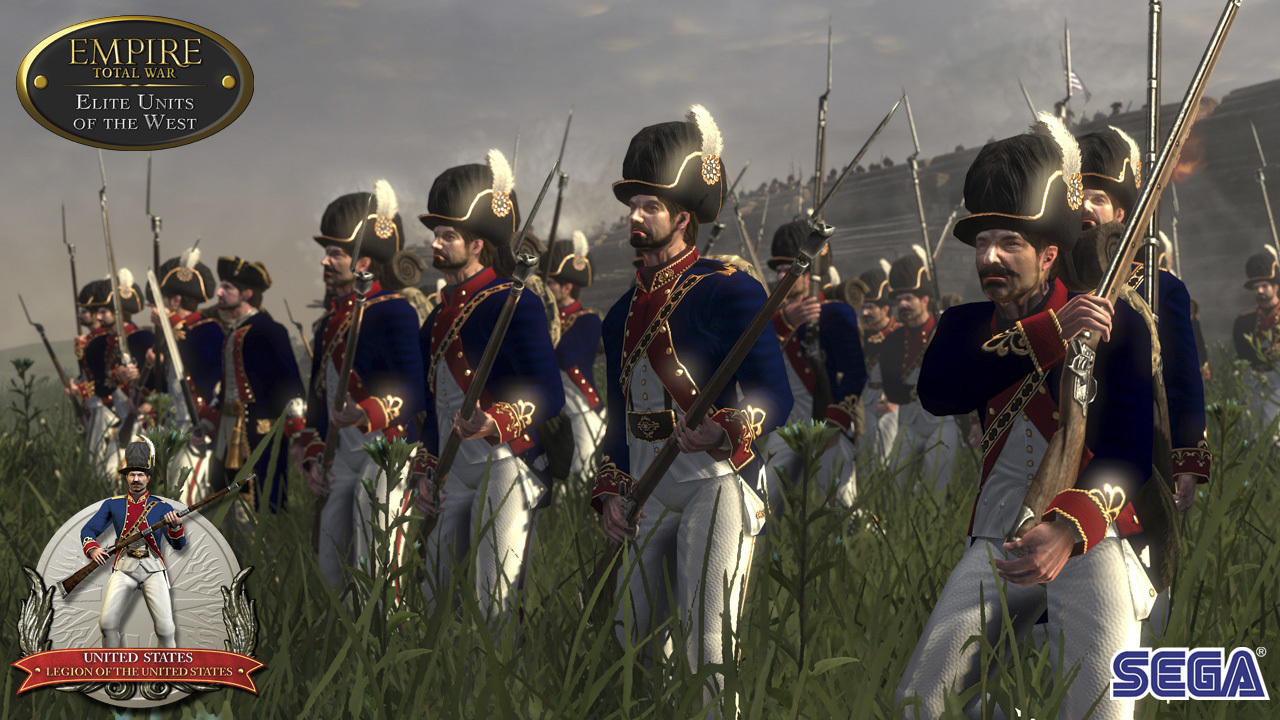

Bayonet technologies aside, line infantry benefit enormously from the Fire By Rank, which enables all ranks of the infantry to fire one by one as opposed to just the first rank. Plug Bayonets increase their melee capabilities, but require the infantry to equip them manually and force them to remain in melee mode until after the battle Ring Bayonets are permanently and automatically attached, and still allow the infantry to fire, but reduce their firing rate Socket Bayonets neither sacrifice shooting abilities nor speed while providing the line infantry with good melee capabilities. Line infantry have several technology upgrades available to them. Line infantry hold the advantages of superior numbers (and therefore superior firepower when Fire by Rank is researched), morale and defensive capabilities.

In a head-on fight, a line infantry will be able to beat almost any non-line infantry regiment (with the exception of a well-angled and timed salvo of canister shot fired from an artillery piece). Line infantry form the heart of any army in Empire: Total War. Line infantry regiments remained unchanged throughout the period, and their organizational pattern still forms the basis of modern military units. It wasn’t until the 1760s that anything approaching uniformity of drill, equipment and regulations became the norm. The capabilities of a “standard” line infantry unit therefore varied between nations and over time. The better colonels did take a pride in their regiments, spending their own fortunes on good uniforms and weapons.

This contractor system, however, allowed unscrupulous officers to make handsome profits by pocketing the pay of non-existent soldiers. They jealously guarded their rights to appoint friends, relatives and hangers-on as regimental officers. Historically, in many armies colonels received a fee to raise regiments, which remained their personal property and commands. The ability to fire and reload with machine-like regularity with shot and bullet flying and comrades falling all around is what wins battles. These are inaccurate weapons, effective only over 200 paces or so and when fired in massed volleys. These soldiers carry muzzle-loading, smooth-bore muskets firing lead balls as wide as a man’s thumb. Indeed, over time the capabilities of line infantry should improve as new tactics, drill and weaponry are developed. They are so called because they form the line of battle, not because they always deploy in lines. “Marching regiments” or “line battalions” make up the majority of units in European-style armies. These musket-armed troops use massed volleys to break an enemy, relying on discipline to withstand any counter fire.


 0 kommentar(er)
0 kommentar(er)
